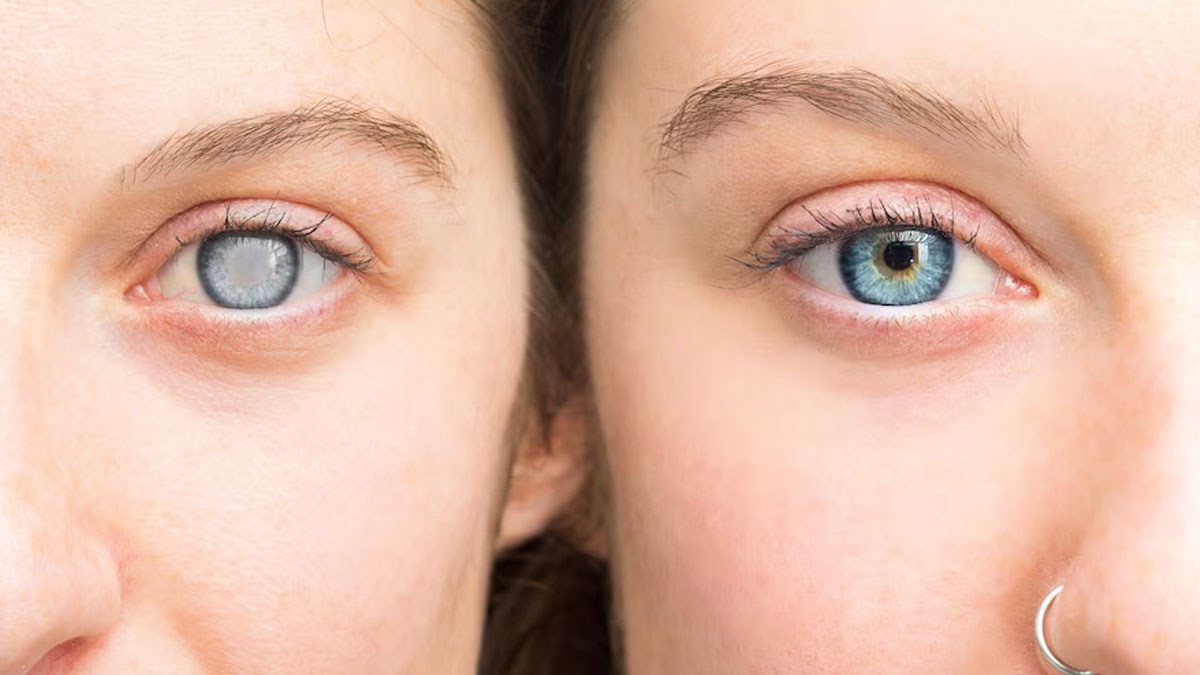
Eye health is crucial for maintaining a good quality of life, yet many people often overlook the importance of regular eye check-ups until they face significant issues. Two common eye conditions that often cause concern are cataracts and glaucoma. While both can lead to vision loss, they are fundamentally different in terms of their causes, symptoms, and treatments. Understanding these differences is essential for effective prevention and management.
Table of Content:-
To understand the difference between the two eye conditions, OnlyMyHealth team interacted with Dr Uday Tekchandani, Consultant Ophthalmologist, Dr Agarwal Eye Hospital, Wadala, Mumbai.
What is Cataract?

Dr Tekchandani said, “Cataract is an age related process where the natural lens of the eye becomes opaque and causes blurring of vision. It is a common problem above the age of 50 years and occurs to almost everyone in the population.”
It is often associated with ageing, as the proteins in the lens begin to clump together, leading to cloudy or blurred vision. Cataracts can develop in one or both eyes, but they do not spread from one eye to the other.
Symptoms of Cataracts:
- Blurred or dim vision
- Difficulty with vision at night
- Sensitivity to light and glare
- Seeing "halos" around lights
- Frequent changes in eyeglass or contact lens prescription
- Fading or yellowing of colours
- Causes and Risk Factors:
- Ageing: Most cataracts develop as a result of ageing.
- Diabetes: Higher blood sugar levels can increase the risk.
- Smoking and alcohol use
- Prolonged exposure to ultraviolet sunlight
- Previous eye injury or inflammation
- Certain medications, like corticosteroids
Also read: Cataract Awareness Month: Can Cataract Be Prevented? Doctor Shares Tips To Avoid It
Management and Treatment
According to Dr Tekchandani, cataract is a reversible cause of blindness, managed through surgery where the opaque lens is removed and replaced with an artificial lens to restore vision. He said, “There are no medications or eye drops that can reverse cataract progression.”
The primary treatment for cataracts is surgical removal of the cloudy lens, which is then replaced with an artificial intraocular lens (IOL). Cataract surgery is one of the most common and successful procedures performed worldwide.
What is Glaucoma?

Dr Tekchandani explained, “Glaucoma is a disease of the optic nerve which connects the eye to the brain and transmits the visual signals to the brain. It occurs usually due to an increase in the eye pressure which causes compression on the nerve and progressive damage, and occurs more commonly in women.”
Talking about its symptoms, he said, “In glaucoma, most patients are have no symptoms as their vision is preserved till late stages of the disease, therefore referred to as the "silent thief of sight", however as the damage to the nerve progresses there is reduced field of vision (similar to a horse wearing blinders) so central vision is preserved till advanced cases where there is loss of vision completely.”
Also read: Glaucoma: Early Diagnosis Can Delay Its Progression
Management and Treatment
In contrast with cataracts, Dr Tekchandani said, “Glaucoma is a preventable cause of blindness because while damage to the optic nerve cannot be reversed, it can be prevented from worsening.” Talking about the treatment, he said, “Glaucoma is typically treated with eye drops and laser therapy to reduce intraocular pressure. In advanced cases, surgical intervention may be necessary to further manage and alleviate pressure on the optic nerve.”
Conclusion
While cataracts and glaucoma both impact vision, they do so in different ways and require different treatment approaches. Regular eye examinations are essential for early detection and management of both conditions. By understanding the differences between cataracts and glaucoma, individuals can take proactive steps to protect their vision and maintain their eye health.
Also watch this video
How we keep this article up to date:
We work with experts and keep a close eye on the latest in health and wellness. Whenever there is a new research or helpful information, we update our articles with accurate and useful advice.
Current Version
